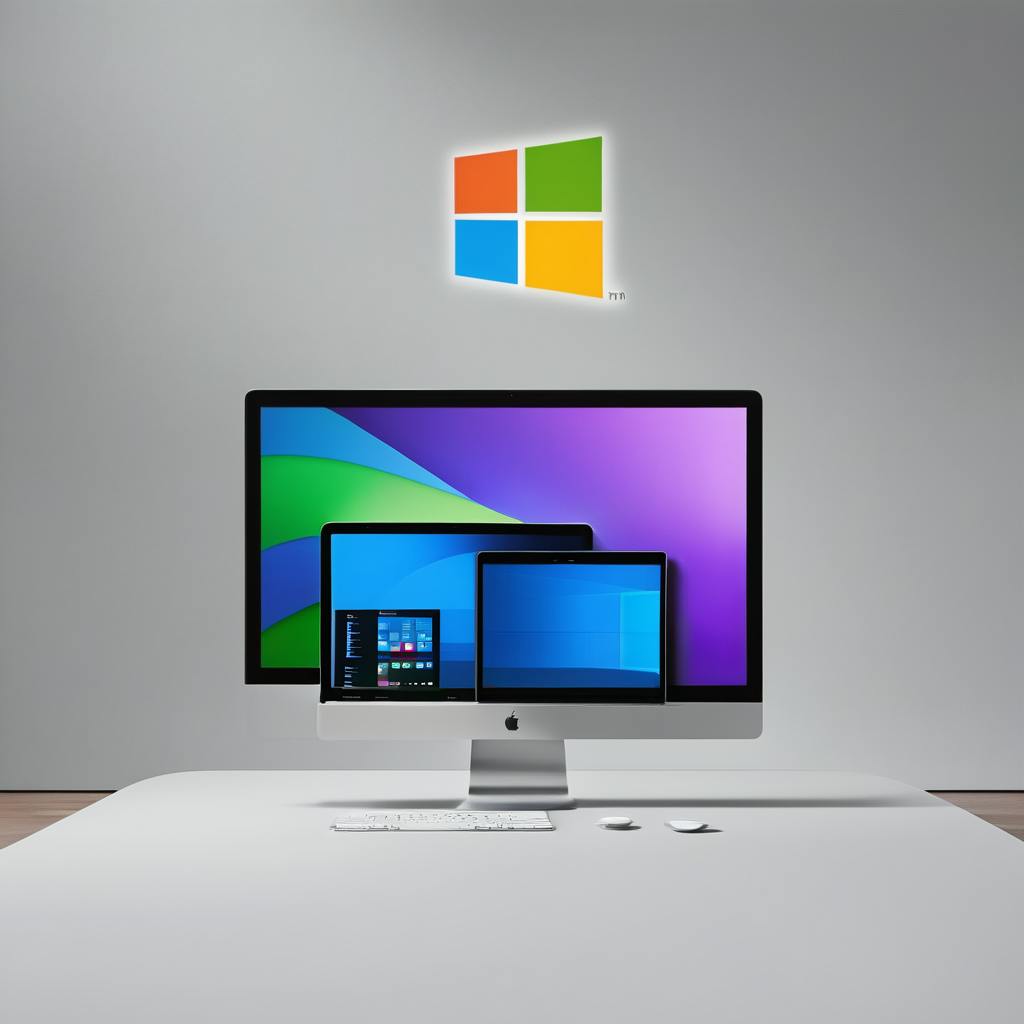United States v. Apple INC Court Filing, retrieved on March 21, 2024 is part of HackerNoon’s Legal PDF Series. You can jump to any part in this filing here. This part is 5 of 25.
B. Apple invited third-party investment on the iPhone and then imposed tight controls on app creation and app distribution
41. Apple controls how developers distribute and create apps for iPhone users. For example, developers can only distribute native iPhone apps through Apple’s App Store, which is the only way for users to download native iOS apps. Limiting distribution to the Apple App Store enables Apple to exert monopoly power over developers by imposing contractual restrictions and rules that limit the behavior of non-Apple apps and services. Specifically, Apple sets the conditions for apps it allows on the Apple App Store through its App Store Review Guidelines. Under these guidelines, Apple has sole discretion to review and approve all apps and app updates. Apple selectively exercises that discretion to its own benefit, deviating from or changing its guidelines when it suits Apple’s interests and allowing Apple executives to control app reviews and decide whether to approve individual apps or updates. Apple often enforces its App Store rules arbitrarily. And it frequently uses App Store rules and restrictions to penalize and restrict developers that take advantage of technologies that threaten to disrupt, disintermediate, compete with, or erode Apple’s monopoly power.
42. Apple also controls app creation by deciding which APIs are available to developers when they make third-party apps. For example, developers cannot provide native apps on the iPhone unless they enter into Apple’s non-negotiable Developer Program License Agreement (DPLA). That agreement requires developers to use public APIs only “in the manner prescribed by Apple.” It also prohibits third-party apps from using APIs that Apple designates as “private.” Apple selectively designates APIs as public or private to benefit Apple, limiting the functionality developers can offer to iPhone users even when the same functionality is available in Apple’s own apps, or even select third-party apps. Similar to Apple’s App Store restrictions, Apple uses its DPLA to impose restrictions that penalize and restrict developers that take advantage of technologies that threaten to disrupt, disintermediate, compete with, or erode Apple’s monopoly power.
43. Developers cannot avoid Apple’s control of app distribution and app creation by making web apps—apps created using standard programming languages for web-based content and available over the internet—as an alternative to native apps. Many iPhone users do not look for or know how to find web apps, causing web apps to constitute only a small fraction of app usage. Apple recognizes that web apps are not a good alternative to native apps for developers. As one Apple executive acknowledged, “[d]evelopers can’t make much money on the web.” Regardless, Apple can still control the functionality of web apps because Apple requires all web browsers on the iPhone to use WebKit, Apple’s browser engine—the key software components that third-party browsers use to display web content.
44. Nor can developers rely on alternative app stores even though this would benefit developers and users. For example, developers cannot offer iPhone users an app store that only offers apps curated for use by children, which would provide opportunities to improve privacy, security, and child safety. By contrast, Apple allows certain enterprise and public sector customers to offer versions of app stores with more curated apps to better protect privacy and security.
45. Apple’s control over both app distribution and app creation gives Apple tremendous power. For example, Apple designates as “private” the APIs needed to send Short Message Service, or SMS, text messages, which is a protocol used by mobile carriers since the early 1990s to allow users to send basic text messages to other mobile phone numbers using their own mobile phone numbers. Developers have no technical means to access these private APIs, but even if they did, doing so would breach their developer agreement with Apple, and therefore put the developer at risk of losing the ability to distribute apps through the App Store. For example, Apple prohibits third-party iPhone apps from sending or receiving SMS text messages even though this functionality is available through Apple Messages. Likewise, Apple can control the functionality of third-party apps and accessories through its control of app distribution because if an app includes functionality that Apple does not like, Apple can and does exercise its discretion to simply block the app from the App Store.
46. Apple’s dominance is such that neither app developers nor iPhone users can benefit from lower cost or higher quality means of distributing apps or purchasing and providing digital products and services. Instead, Apple guarantees that it continues to benefit from the contributions of third-party developers and other platform participants while also protecting itself from the competitive threats and pressure those participants pose to Apple’s smartphone monopoly.
47. This complaint focuses on Apple’s use of its dominance to impose contracts and rules that restrict the behavior and design decisions of companies other than Apple.
Continue Reading Here.
About HackerNoon Legal PDF Series: We bring you the most important technical and insightful public domain court case filings.
This court case retrieved on March 21, 2024, from justice.gov is part of the public domain. The court-created documents are works of the federal government, and under copyright law, are automatically placed in the public domain and may be shared without legal restriction.

